
Stretching half the length of South America, Chile is a land of rugged natural beauty and vibrant modern cities. From the volcanic peaks in the Atacama Desert to the awe-inspiring Andes, it is a country full of wonder. It is also a country of contrast. From vast open Patagonian plains to vibrant, cosmopolitan cities such as Santiago. Whether you travel for culture, food, natural wonder, or simply to open your heart and mind.Chile has something for everyone.
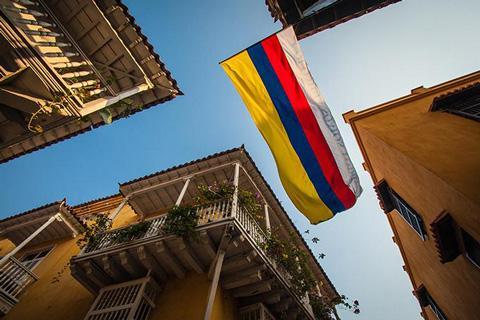
Squashed between the Pacific and the Andes, Chile is a land of diverse landscapes and a paradise for outdoor enthusiasts. Its terrain spans from glacial wilderness and moonscapes to lakes and volcanoes, from beaches to salt flats and the vibrant hues of the desert. In a day, you can conquer a snow-capped mountain, rejuvenate in a thermal bath, and marvel at the desert stars. Whether you are seeking culture, adventure, wildlife encounters or simply the perfect place to chill, Chile has it all.
Clink on the links below, or here to see our top ten tours.
Chile resides with South Pacific Ocean on its left and Argentina and Bolivia on its right. In the north lies Peru. The country’s length gives it an extraordinary range of landscapes. From dry, arid wasteland in the north, it meanders through vast glaciers and snowy peaks in the south. Between the two extremes you will find jewel-coloured lakes, volcanoes, vast altiplano, salt flats, beaches, forests and rivers. Rich in biodiversity, with large tracts of wilderness and 31 national parks, it is little wonder Chile is considered a destination for adventure-minded people. Activities such as rafting, mountaineering, skiing, and hiking top the list of possible pursuits. In addition, Chile is one of the most politically stable and developed countries in Latin America, making it a relaxing country to travel to.

Chile’s currency is the peso (symbol: CLP$). Bank notes come in 1000, 2000, 5000, 10,000 and 20,000 peso denominations and coins come in 1, 5, 10, 50, 100 and 500 peso denominations. Carrying some coins with you is a good idea as anything under CLP$1000 can be difficult to change.
£1.00 buys approximately 1,190 CLP$ and $1.00 buys approximately 940 CLP$ (Feb 2024 – mid market)
ATMs are the best way to access funds and are available in major cities and towns. Most ATMs have instructions in English as well as Spanish, and there may be a charge in addition to charges made by your home bank.
Chile is not cheap by South America standards. It is still good value for money compared with North America or Western Europe. Prices increase significantly over summer, so travel outside of the main tourist season, December- March, will likely be more economical.
A bottle of water will set you back around US$1.35, a draught of domestic beer around US$3.18 and a lunch for two in an expensive restaurant US$12.20.
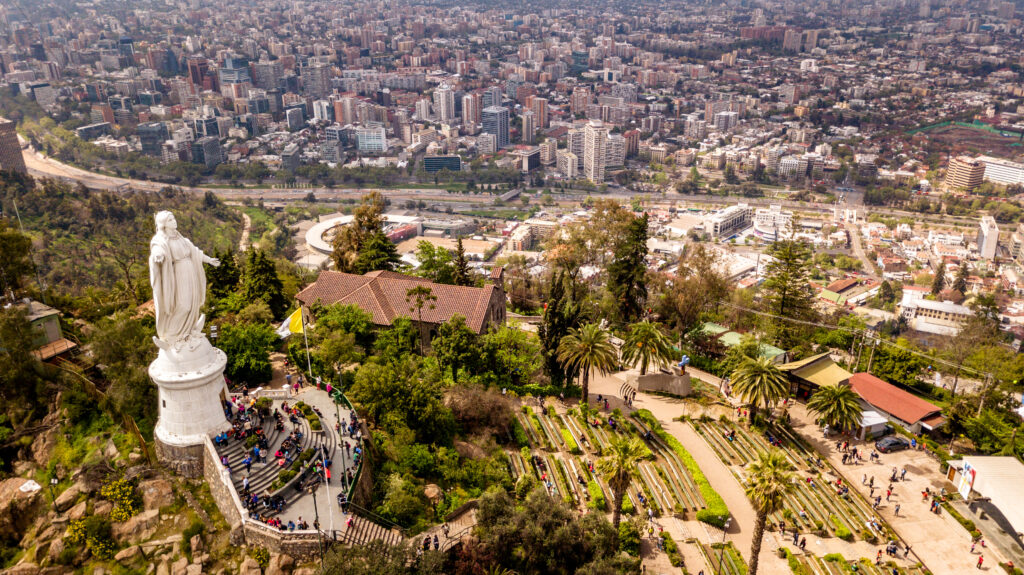
Most of Chile’s 16 million people live in a handful of larger cities, the largest being Santiago, with one-third of the population. Nearby is the off-beat port city of Valparaíso and ritzy resort Viña del Mar.
Heading north, La Serena is a picturesque colonial city, and Copiapó is the gateway to Bahía Inglesa, one of the country’s best seaside resorts. In the far north sits the desert city Antofagasta, followed by Iquique and Arica near the border of Peru. South of Santiago, Concepción and Chillán are two major cities in the Central Valley. Pucón and Puerto Varas are jumping-off points in the Lakes District for various adventure activities. In Southern Patagonia, Punta Arenas is the local hub, while Puerto Natales provides a launchpad for those wishing to explore the famous Torres del Paine National Park.
Electricity in Chile runs on 220 volts/50 Hz. The most common electrical sockets accept two-prong round-pin plugsElectricity in Chile runs on 220 volts/50 Hz, and the most common socket type used throughout the country is two-round prongs such as those used in Europe. such as that used in Europe or North America flat-pin, two prong plugs. If in doubt, carry a universal adaptor to cover all your bases.
On the surface, Chile has many similarities to Europe, especially when compared to the rest of South America. Most of Chile’s population are mestizo, a mixture of Spanish and indigenous ancestry, but there are also influences from immigrants from France, Germany, Italy, Ireland, Britain, Croatia and Palestine. The biggest Indigenous groups are the Mapuche in the south, with around 620,000 people, and the Aymara in the north Andes, with around one-tenth of that number. Around 90% of Chile’s population is Roman Catholic.
It is customary to greet and farewell people with kisses on both cheeks. This is generally done between men/women and women/women, with men generally shaking hands instead.
But we can’t talk about Chile without talking about the food! Click on the link here to read more about the amazing food to be found across South America.
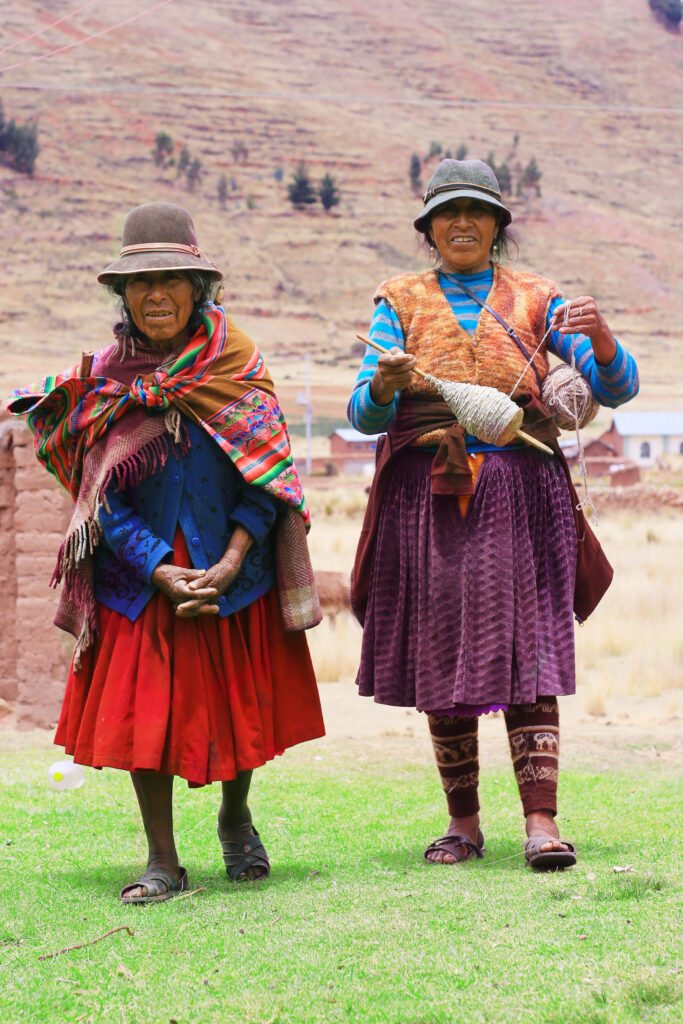
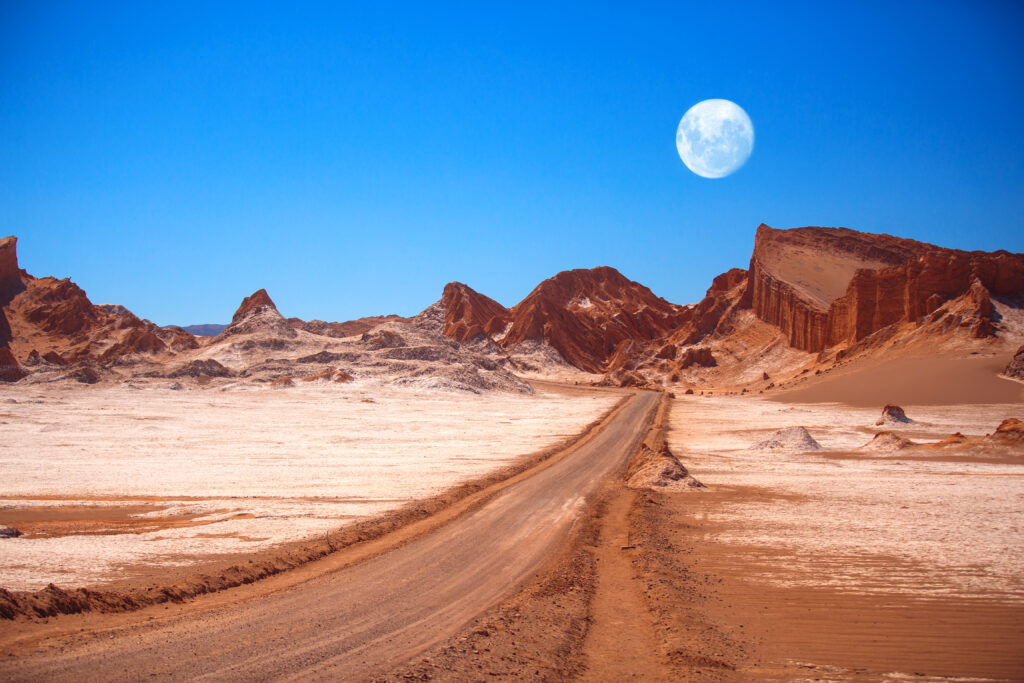
With a land area equivalent to Britain and France combined, Chile stretches through several latitudinal zones.
At the top of the country, the Norte Grande region includes the Atacama Desert, thought to be the driest place on earth. The area is also home to the altiplano, a high plateau in the Andes bordering the desert with volcanoes. Here you can see vibrantly coloured lakes and salt flats. Below this region, just north of Santiago, lies semi-arid Norte Chico.
To the south of Santiago, the Central Valley region has mineral-rich earth and experiences warm summers and short winters. 80% of the population lives in this region. The climate is ideal for fruit crops such as grapes, peaches and mangoes.
Next is the Lakes District with its snow-capped volcanoes, bright blue lakes and luxuriant forest. Beyond is a patchwork of fjords and islands with massive ice fields and glaciers. Tierra del Fuego, Chile’s southernmost region, is an archipelago separated from the rest of Chile by the Magellan Strait.
Pre-Columbian remains have mostly been recovered in the north, where they have been preserved in the dry, arid climate. The best-known of these cultures are the Chinchorro, who were nomadic and known for mummifying their dead. The Aymara practised agriculture, including maise and potatoes, in the canyons in the north. Other cultures include the Atacameño, El Molle, Tiwanaku and Chango, and various geoglyphs, rock etchings, tablets, and ceramics remain from these peoples. The Incas from the Cuzco valley in Peru conquered northern Chile for a time but did not reach the central and southern regions.
In 1495 Chile was divided between Spain and Portugal.
A Spanish expedition reached the Mapocho Valley in 1541, subduing the local people and establishing the city of Santiago. Throughout the colonial period, Indigenous people were exploited, although those in the south of the country continued to resist colonial rule. During this time, many Spaniards were rewarded with large tracts of land. This small minority of wealthy landowners would have a lasting effect on Chile’s society and politics in later years.
American-born Spanish increasingly yearned for self-government, and independence movements began to take shape between 1808 and 1810.

Unlike some of its neighbouring fledgling nations, Chile gained relative political stability and advancements in industry, agriculture and commerce.
Treaties with the Mapuche in 1881 also brought southern territories under Chilean control, and Chile annexed Easter Island (also called Rapa Nui) to increase their presence in the Pacific.
The Panama Canal was opened in the early 20th century, devastating traffic to Chile’s coastal ports, and Chile’s economy suffered. Copper became Chile’s most important export and remains so to this day.
On September 11, 1973, General Augusto Pinochet Ugarte overthrew the government in a bloody coup d’etat, claiming the presidency in 1974. He remained in power until 1989, virtually prohibiting political activity, killing and torturing his opponents. Around 35,000 are believed to have been tortured, and 3000 disappeared during his presidency. He was rejected, and Chile gained civilian rule in 1988.
Our long term commitment to responsible travel is informed by the UN Sustainable Development Goals, the world’s best plan to end poverty, reduce inequalities and tackle climate change. Our Purpose sets out how we support our travelers to make informed decisions so that they are able to travel without causing harm and be in a position to offer benefit to the people, cultures, animals and habitats they visit. In this way we can all contribute to the realisation of the development goals.
Click on this link to read more about our commitment to responsible travel.
We are passionate adventure travelers who want to share the world and our travel experiences with everyone…
This website uses cookies so that we can provide you with the best user experience possible. Cookie information is stored in your browser and performs functions such as recognising you when you return to our website and helping our team to understand which sections of the website you find most interesting and useful.
Strictly Necessary Cookie should be enabled at all times so that we can save your preferences for cookie settings.
If you disable this cookie, we will not be able to save your preferences. This means that every time you visit this website you will need to enable or disable cookies again.